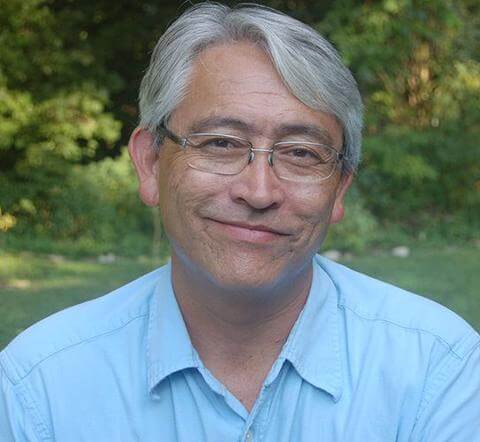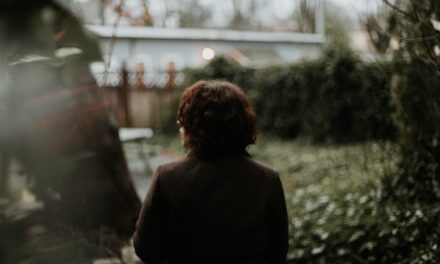The Reason We Like The Tidy Feelings Of Home Is Evolutionary

Is your house tidier than it used to be? If it is, then you have probably read Marie Kondo’s international bestselling book The Life-Changing Magic of Tidying Up (2011). Kondo’s book is ostensibly a manual for home improvement. She suggests that our home environment should not be a repository for limitless amounts of stuff, but that we should surround ourselves only with what we really need, along with those items that bring us ‘joy’. She provides a guide for culling what we already have, organizing what we keep, and limiting the acquisitive tendencies that threaten to fill (or re-fill) our living spaces with more and more things. But as many readers discover, Kondo’s book goes beyond being just a guide for cleaning house: it can also be seen as a blueprint for rebuilding a life. Homes are so intimately connected to how people see themselves that to reorganize a home is to change how one lives.
The origins of these deep-seated feelings for home likely date back deep into our evolutionary history. Over millions of years, both our biological evolution and our cultural propensity to make things have shaped us to be not only homebodies but home minded as well. Feelings for home are expressed less in relation to the ‘big’ emotions, such as fear, anger, or surprise, but more in terms of what the neurologist Antonio Damasio has called ‘background emotions’. These background emotions, and the feelings we experience with them, are about keeping track of our own bodies, maintaining homeostasis. Feelings for home emerge from rest and restoration, comfort, and security.
The evolutionary journey towards home took us from the ape-like practice of never sleeping in the same place two nights in a row to having home be the center of our lives. Underlying the drive towards home was the evolution of a brain that is about three times larger than that seen in our closest ape relatives. Beginning about 2 million years ago, the feeding and training of these energy-hungry and slow-to-develop brains required fundamental changes in how our ancestors lived. As the site for the sharing and preparation of food, a home or home base became the focus of our activities. Home became the arena in which our children learn to become adults, and the hub within which our most significant social relationships are formed, shaped, and nurtured. Home began to provide us with a sense of security and stability in a wider environment that is beyond our control. It became a place for us to rest and recover from our exertions in the outside world. Most importantly, home became the place where we could collectively plan the next excursion into a dangerous world.
It is important to remember that feeling for home did not grow from modern life, with tract houses and apartments, nuclear families, and separation between work, play, and home life. Nor were they meant for the myriad more ancient and traditional structures we find throughout the world. When it comes to the dwellings in which people can make a home, we are remarkably flexible. In the same way that we are an omnivorous species when it comes to the foods we eat, our homes reflect the adaptive flexibility underlying our species’ evolutionary success. The superficial trappings of dwellings are not essential for fostering a feeling of home. But we, as a species, need home just as much as we need food.
All this variation in housing suggests that a tidy home per se is not special in an evolutionary sense. However, the power of Kondo’s approach comes not so much from the final outcome (a tidy house) but from the process of tidying itself, which, as the title of her book suggests, has the potential to provide ‘life-changing magic’. Like an overburdening mortgage or rent, or a dangerous neighborhood, excess clutter and stuff in a house can be a persistent distraction, overwhelming the ability to feel at home. The life-changing magic of tidying up is a form of therapy to repair one of the most personally and evolutionary significant relationships in our lives: that between ourselves and the places we live. Kondo recognizes this and provides one way of improving or even healing that relationship.
Sources:
Author:






